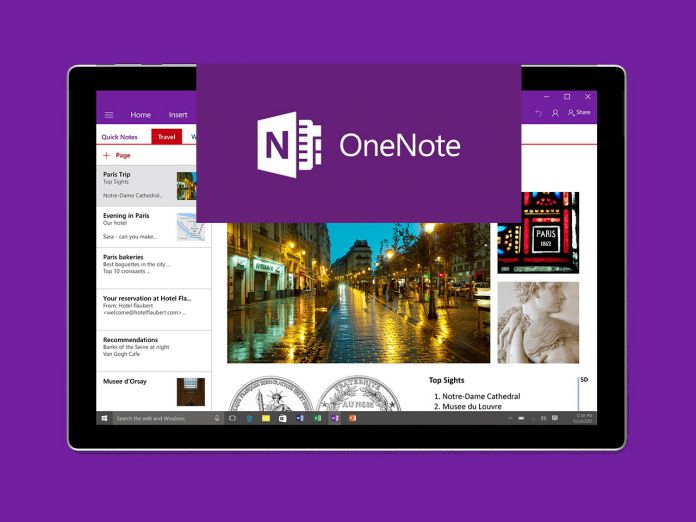As mentioned, this is available to Windows 10 users who are also subscribers of Office 365. The hands-free diction support is currently available in nine languages. Note taking is much easier due to this feature, especially for users with accessibility issues. Diction allows notes to be taken only through voice. Editing is intuitive as it works in real-time without pausing the recording. To start using the feature in OneNote, simply select the Dictate icon and start talking. Elsewhere in the new update, Microsoft has added various bug fixes and made performance improvements. In April, Microsoft announced some big changes coming to OneNote in 2018. The most notable of those changes is a full and complete transition from the classic app to the Universal Windows Platform (UWP) app on Windows 10.
Upcoming Features
Microsoft also announced the following features will arrive this year:
“Insert and search for tags: OneNote 2016’s popular tags feature is coming to OneNote for Windows 10! Soon you’ll be able to insert, create, and search for custom tags, making it easy to mark key information and find it later. Tags you create will now roam with you to across your devices, and OneNote will even show you tags other people have used in a shared notebook so you don’t have to recreate them yourself. The new tags experience was designed based on your feedback, and it will be available later this summer. View and edit files: See live previews of Office files in OneNote, work together on attached documents, and save space in your notebooks with cloud files. You’ll get all the benefits of saving a file on One Drive with the context and convenience of an attachment or preview on a OneNote page. Additional Class Notebook features: The full slate of Class Notebook features available in the add-on for OneNote 2016 will be available in OneNote for Windows 10 this summer. Best of all, you no longer need to install a separate add-in—it’s all built-in!”




